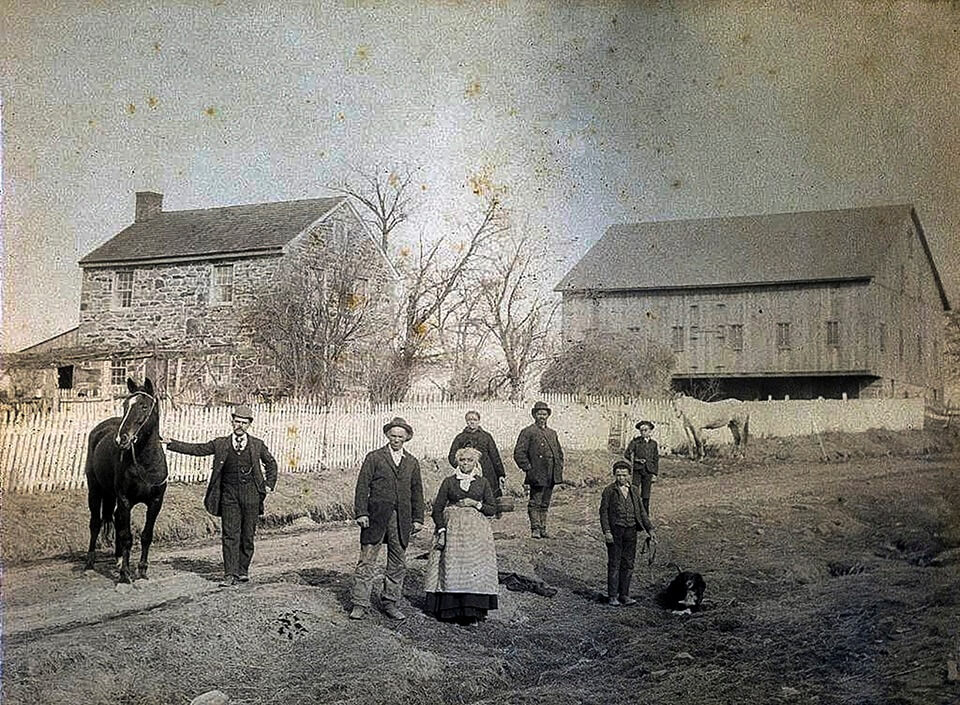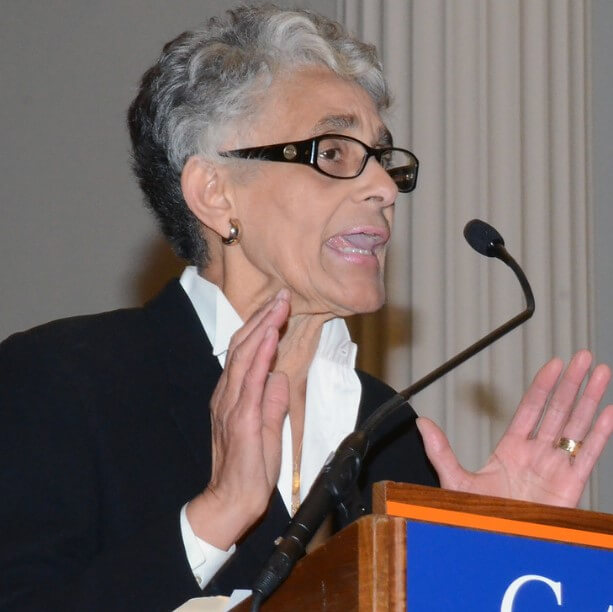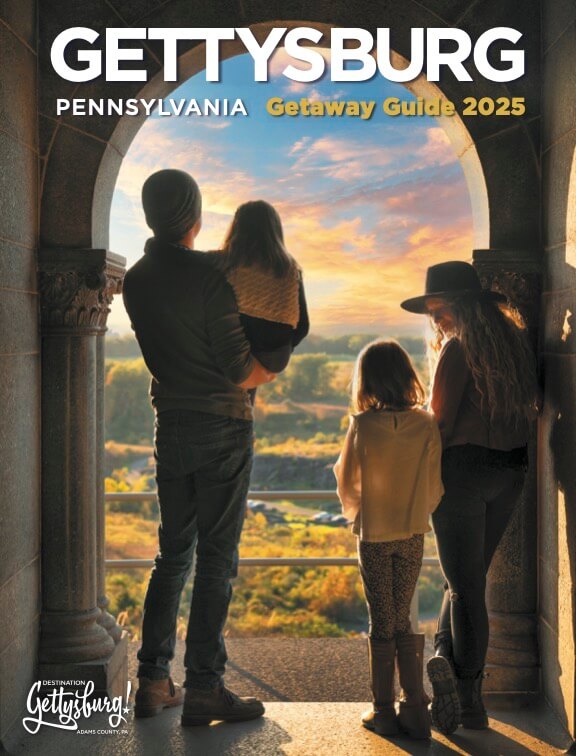Get the 2025 Gettysburg Getaway Guide
Check out our Getaway Guide online or have us send you one. Have an immediate question? Call us at 1.800.337.5015
Get the Guideby: Tinsy Labrie
Books about Gettysburg’s history fill sections of libraries and bookstores. Just about every nuance of the fighting that took place during three days in July of 1863 has been carefully studied, mapped, curated, and presented by historians of world renown to weekend history buffs.
Still, there are other parts of local history that have been overlooked or underappreciated.
For generations of Gettysburg’s Black residents, maintaining and sharing the memories and stories of their people became the responsibility of family historians. Without their tenacious quest to keep those stories alive, most of Gettysburg’s Black history might have been lost.
Today, visitors can learn about the important roles played by members of Gettysburg’s Black community whose stories are now spotlighted at local museums.

Margaret “Mag” Palm
When the Adams County Historical Society began planning the exhibition space for its Gettysburg Beyond the Battle Museum, the goal was to feature the stories of local civilians who lived in Gettysburg before, during and after the war. One of the citizens the museum chose to feature is Margaret “Mag” Palm, an orphan child who later became a “conductor” along the local branch of the Underground Railroad.
Because she was so prolific at assisting escapees, she caught the attention of nearby southern slave owners who tried to kidnap her, take her south of the Mason Dixon line, and sell her for profit. In 1858, the feisty and exceedingly strong Mag was nabbed by a group of strangers who tied her hands to aid in the kidnapping. According to her employer’s son, she fought so feverishly she bit off the thumb of one of her attackers and was able to free herself.
The museum features a photo of her demonstrating how her hands were tied alongside her actual rocking chair, noting that the chai

Basil Biggs
In the late 1850s, Basil Biggs moved his family from Baltimore to Gettysburg where his children could attend public school, which was denied to Blacks in Maryland. As a free man, laborer and self-taught horse veterinarian, Basil feared captivity and enslavement as the Civil War raged. He was forced to evacuate Gettysburg just prior to the battle.
Facing ruin upon his return, the farm decimated, Basil exhumed more than 3,000 Union soldiers for reburial in the National Cemetery, at a price of $1.25 per body. As a member of the local society, the Sons of Goodwill, Basil helped to establish a separate place for the burial of Gettysburg’s Black citizens and veterans, today’s Lincoln Cemetery. At the age of 86, Basil died in 1906 and is buried there alongside his family.
Today his story is shared through immersive technology at Ticket to the Past – Unforgettable Journeys, located in the train station where Lincoln arrived to dedicate the national cemetery and give his Gettysburg Address. Within a simulated 3D environment, visitors can virtually walk in Basil Biggs’ shoes to experience his life before, during and after the battle.

One particular story from modern times is being told at the Gettysburg Black History Museum, that of Mary Alice Nutter who became Gettysburg Area School District’s first Black teacher in 1964. Her vision to document the lives of local Black residents was spurred by her mother who felt the Black history stories were not being told and that Mary Alice needed to do it, or they would be lost.
She took that advice to heart and went on to establish the Gettysburg Black History Museum where her family’s story and others like it come alive. Artifacts throughout the museum have all been donated by African Americans families with ties to the community. Mary Alice has been recognized through the “Living The Dream Legacy Award,” which she received in 2023, honoring her decades-long community organizing and fight for racial justice in Gettysburg.
The museum is a testament to the power of family historians like Mary Alice, whose treasured family photos, mementos, and artifacts adorn the walls and exhibits throughout the museum, giving a voice to those whose stories might long have been forgotten.

Check out our Getaway Guide online or have us send you one. Have an immediate question? Call us at 1.800.337.5015
Get the GuideDon’t miss a thing that’s going on in Gettysburg; sign up to receive our fun and informative travel planning newsletter.
Let's Go